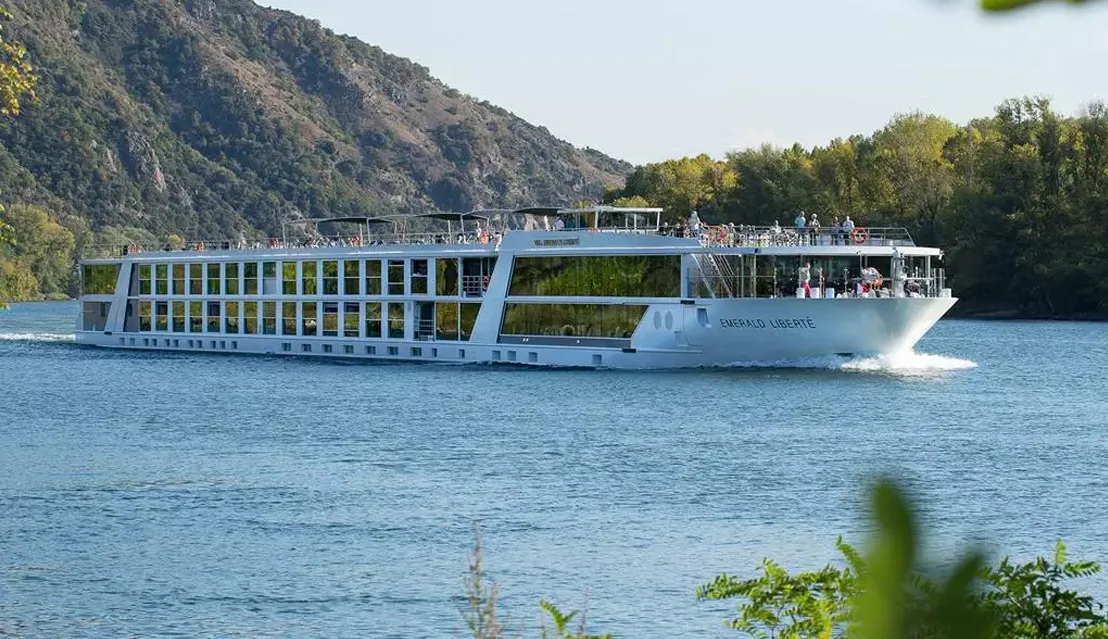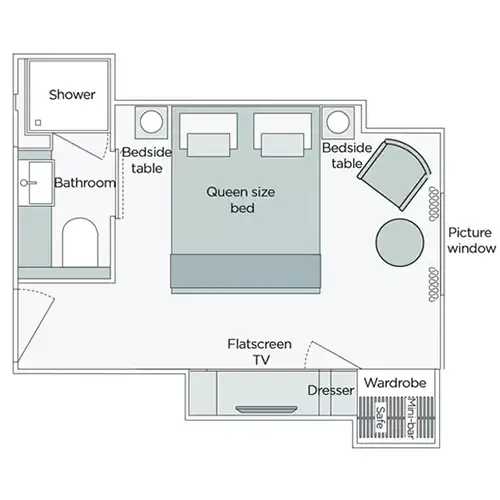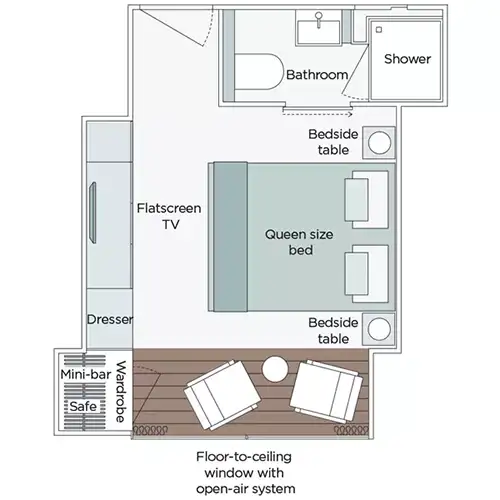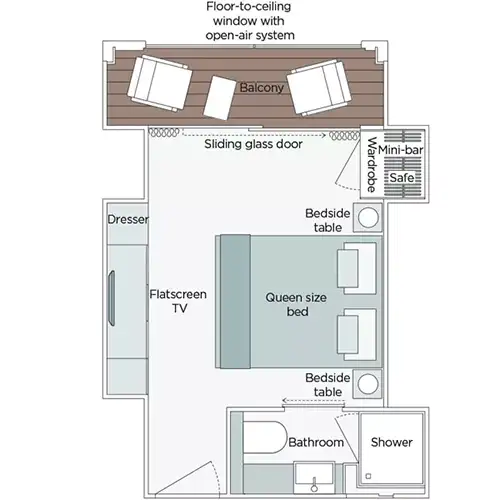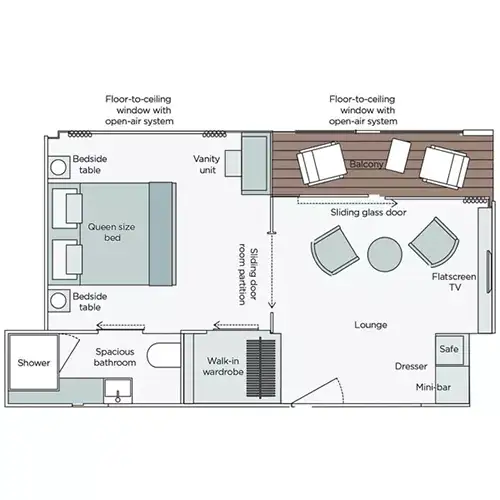Emerald Cruises Douro: 14 nights from Nice with Emerald Liberté
Aug 23, 2025
France, Portugal, Spain
Cruise itinerary
Departure Port: Nice ➞
Landing: Oporto
-
Saturday, August 23, 2025 - not foundNice
-
Sunday, August 24, 2025 not found - not foundArles
-
Monday, August 25, 2025 not found - not foundAvignone
-
Tuesday, August 26, 2025 not found - not foundViviers
-
Wednesday, August 27, 2025 not found - not foundTournon
-
Thursday, August 28, 2025 not found - not foundLyon
-
Friday, August 29, 2025 not found - not foundChalons en Champagne
-
Saturday, August 30, 2025 not found - not foundLyon
-
Sunday, August 31, 2025 not found - not foundPinhão
-
Monday, September 1, 2025 not found - not foundPinhão
-
Tuesday, September 2, 2025 not found - not foundVega de Terrón
-
Wednesday, September 3, 2025 not found - not foundPeso da Régua
-
Thursday, September 4, 2025 not found - not foundPeso da Régua
-
Friday, September 5, 2025 not found - not foundOporto
-
Saturday, September 6, 2025 not foundOporto
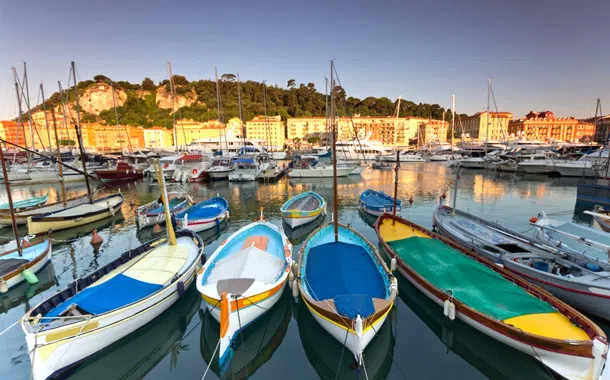
Nice
The capital of the Côte d'Azur and the fifth largest city in France, Nice has an excellent reputation and a flourishing tourism thanks to its now gently faded old-world charm.
A popular holiday destination for English aristocratics in 18th century, Nice has reached its zenith in the Belle Époque of the late 19th century, an era that left the city with several outstanding examples of architecture and fantasy. Nice has all the advantages of a great of a great city: superb culture, beautiful life in the street and shopping, high qualty drinks and food and at any price, everthing with a background of blue sky, shining sea, luxury Mediterranean sea and parks with precious sub-tropical plants.
A beloved holiday destination for British aristocrats in the 18th century, Nice reached its peak in the belle époque of the late 19th century, an era that left the city with several extraordinary examples of architecture and fantasy. Nice has all the advantages of a big city: superb culture, wonderful street life and shopping, high-quality eating and drinking for all budgets, all against a backdrop of blue skies, sparkling sea, lush Mediterranean scrub, and parks with very precious sub-tropical plants.
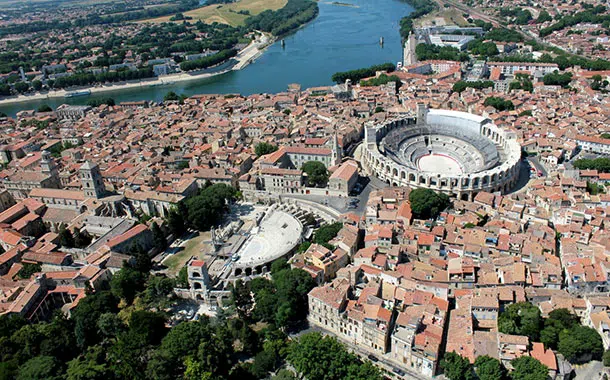
Arles
Sail into Serenity from Arles!Embark on an enchanting river cruise from the artistic and historical city of Arles, nestled in the heart of Provence. As you depart from this city that inspired Van Gogh, you'll find yourself surrounded by Roman heritage and picturesque landscapes. A cruise from Arles offers a unique blend of cultural discovery and tranquil riverine beauty, promising a serene journey through the captivating South of France.
Arles is a French city facing onto the Rhône and it is one of the best cities where you can start a tour of Camargue. In Arles you can find ancient monuments dated back to the Roman Age such as the amphitheatre, where in the past the gladiators had their fights, and the old theatre, used now as summer arena for open-air cinema. Have a walk along the Alyscamps, a long promenade that leads to a church and surrounded by cypresses. This kind of landscape inspired Van Gogh in many of his paintings. The artist chose Arles as his home for a long time. It was in this city that the Dutch artist painted some of his most famous works, such as the sunflowers, the Potato Eaters, Starry Night and many more. Don’t miss the underground quadrilateral called Cryptoporch, rising under the Cathedral square and build in order to support the Roman court and that was used as a granary.
Besides the endless architectural works, Arles offers many restaurants and bistrots where you can taste the typical dishes, such as the famous fish soup.
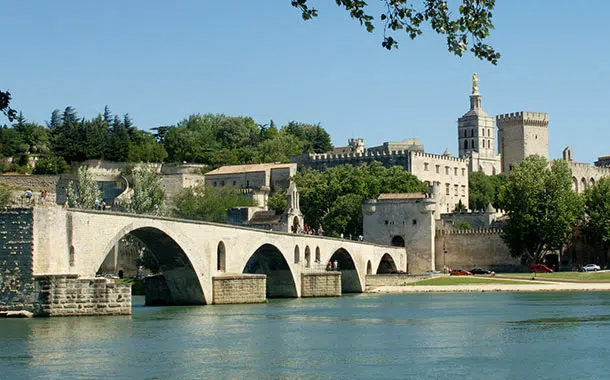
Avignone
Avignon is a city of Southern France with ancestral origins. The area on which the city is now has been inhabited by humans since the Stone Age. The city has been property of many populations such as the Romans and the Burgundi. It then became independent and afterwards, France took possession of it. Avignon is an ancient papal city after that John XXII made it his residence in 1316.
The Palais des Papes, facing onto a wide square, is a touristic destination all year round. After you have visited the palace, have a walk on the Promenade des Papes that will take you to the gardens where the popes used to cultivate aromatic herbs. The walls of the city are noteworthy: they are 4 km long with 39 towers and 7 doors, making the city a treasure to shield. Avignon has a rich cultural heritage, but leisure and relaxation are not missing at all. Having a walk in the city centre you can find many bars and bistrot where you can taste the specialties of the most famous cuisine in the world and immerge in the magic atmosphere that surrounds the whole city.
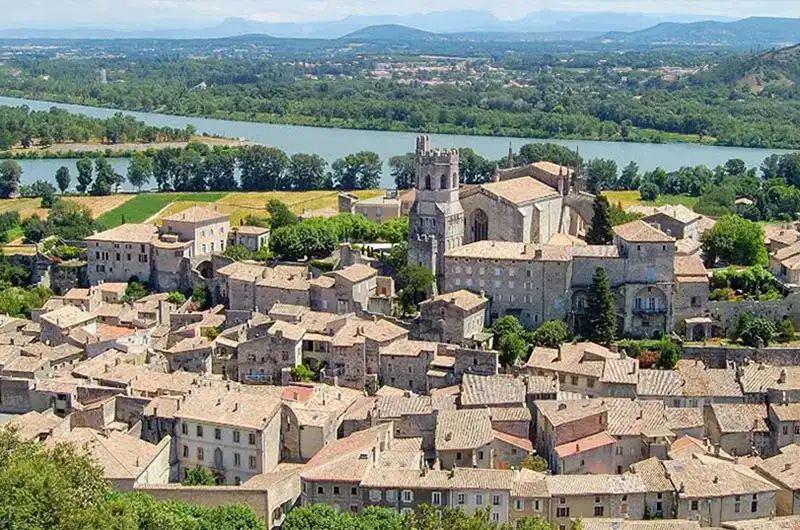
Viviers
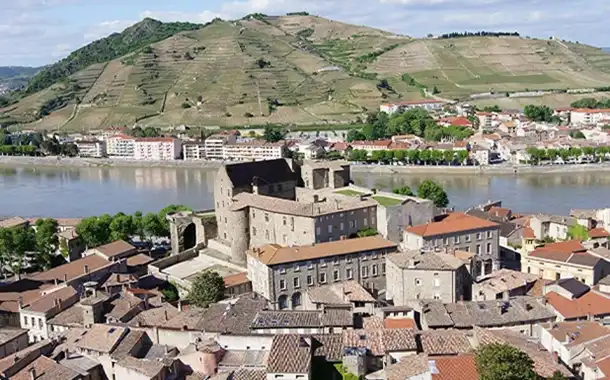
Tournon
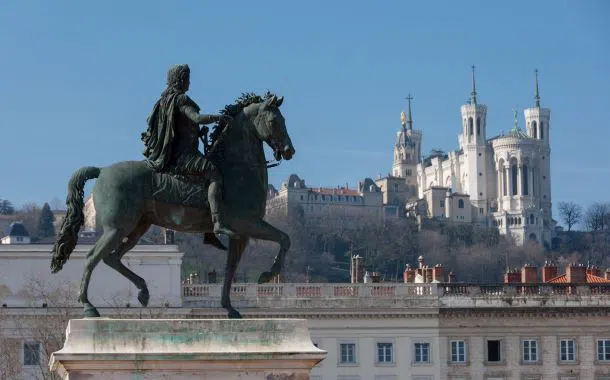
Lyon
Lyon is the third largest city in France after Paris and Marseille and offers many attractions for those who visit it. Its historic center became part of the UNESCO World Heritage Site in 1998 and is rich in museums, monuments, churches, parks and views. It also offers a noteworthy gastronomic culture.
The historic center of the city, called Presqu'île, peninsula, houses the Museum of Fine Arts, the Basilica of Saint-Martin d’Ainay, the Church of Saint-Nizier and many other buildings of great historical and cultural significance. The Presqu'île is also the heart of Lyon's life, where you will find shops, restaurants, and clubs.
On the west hill of the city is the historic center of Fourviéres, reachable by two funiculars, one of which is among the oldest in the world and still functioning. In December it hosts one of the most characteristic festivals in Europe, the Lyon Festival of Lights. Between 5 and 8 December, about seventy installations enliven the streets, squares, and buildings of the city, creating a particularly evocative atmosphere that attracts thousands of visitors every year.
Lyon is also the city that gave birth to Antoine de Saint-Exupéry, the "father" of the Little Prince, and paid homage to him by building a monument in Place Bellecour seventy years after his death.
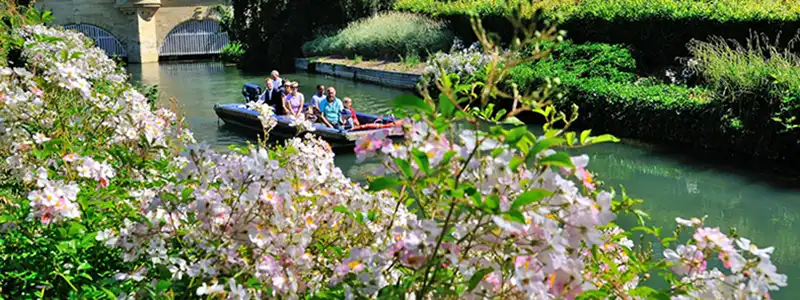
Chalons en Champagne

Lyon
Lyon is the third largest city in France after Paris and Marseille and offers many attractions for those who visit it. Its historic center became part of the UNESCO World Heritage Site in 1998 and is rich in museums, monuments, churches, parks and views. It also offers a noteworthy gastronomic culture.
The historic center of the city, called Presqu'île, peninsula, houses the Museum of Fine Arts, the Basilica of Saint-Martin d’Ainay, the Church of Saint-Nizier and many other buildings of great historical and cultural significance. The Presqu'île is also the heart of Lyon's life, where you will find shops, restaurants, and clubs.
On the west hill of the city is the historic center of Fourviéres, reachable by two funiculars, one of which is among the oldest in the world and still functioning. In December it hosts one of the most characteristic festivals in Europe, the Lyon Festival of Lights. Between 5 and 8 December, about seventy installations enliven the streets, squares, and buildings of the city, creating a particularly evocative atmosphere that attracts thousands of visitors every year.
Lyon is also the city that gave birth to Antoine de Saint-Exupéry, the "father" of the Little Prince, and paid homage to him by building a monument in Place Bellecour seventy years after his death.
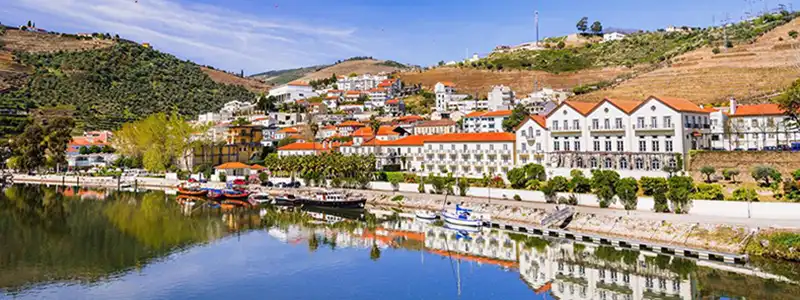
Pinhão

Pinhão
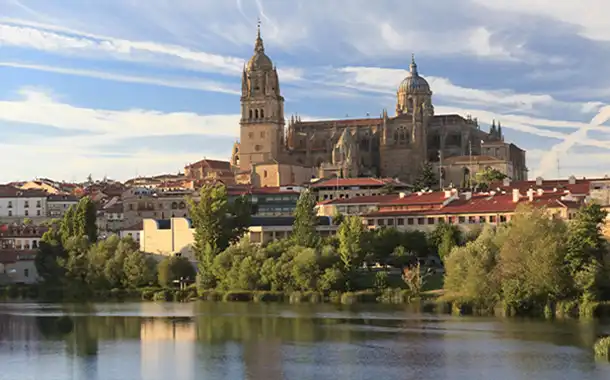
Vega de Terrón
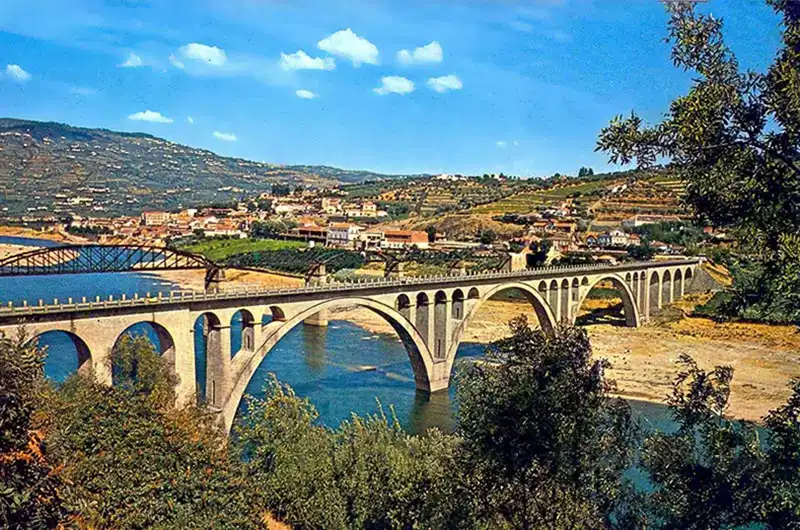
Peso da Régua

Peso da Régua
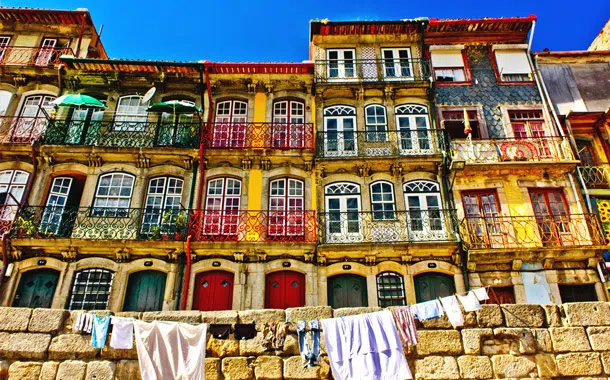
Oporto
At the mouth of the Rio Douro, the hilly city of Porto presents a mix of styles, eras and attitudes: narrow medieval alleys, extravagant Baroque churches, small squares and wide avenues, flanked by stately buildings.
The heart of Oporto is the Ribeira district, an area declared a UNESCO World Heritage Site made up of winding alleys, zigzagging stairs and churches on every corner, village-style squares and old merchants' houses where Roman ruins are hidden under the foundations. In the last two decades Porto has undergone a remarkable rebirth – which is expressed in the buzz of its efficient metro system and the shimmering of some ambitious urban renewal projects. The crowning of the city's glories are the two latest masterpieces, Museu de Arte Contemporânea by Álvaro Siza Vieira and the 'Casa da Música, which have transformed the city into a place of pilgrimage for architecture enthusiasts.
The Dom Luís I bridge an audacious iron arch, which crosses the Douro river, is impressive and not to be missed. It was built by the Belgian engineer Théophile Seyrig, for road traffic. Since 2003 the upper level has been used exclusively by the city's metro trams.

Oporto
At the mouth of the Rio Douro, the hilly city of Porto presents a mix of styles, eras and attitudes: narrow medieval alleys, extravagant Baroque churches, small squares and wide avenues, flanked by stately buildings.
The heart of Oporto is the Ribeira district, an area declared a UNESCO World Heritage Site made up of winding alleys, zigzagging stairs and churches on every corner, village-style squares and old merchants' houses where Roman ruins are hidden under the foundations. In the last two decades Porto has undergone a remarkable rebirth – which is expressed in the buzz of its efficient metro system and the shimmering of some ambitious urban renewal projects. The crowning of the city's glories are the two latest masterpieces, Museu de Arte Contemporânea by Álvaro Siza Vieira and the 'Casa da Música, which have transformed the city into a place of pilgrimage for architecture enthusiasts.
The Dom Luís I bridge an audacious iron arch, which crosses the Douro river, is impressive and not to be missed. It was built by the Belgian engineer Théophile Seyrig, for road traffic. Since 2003 the upper level has been used exclusively by the city's metro trams.
